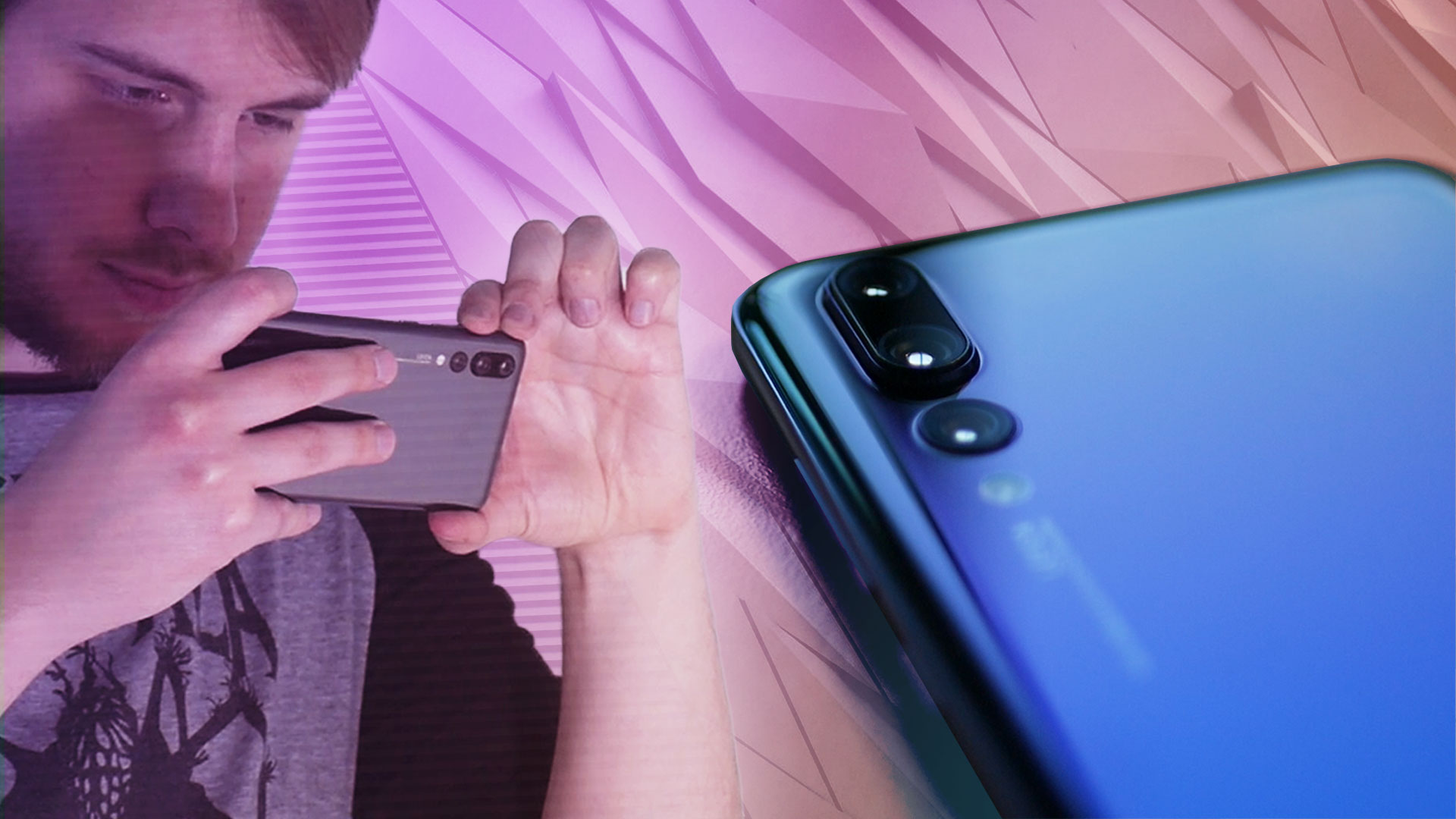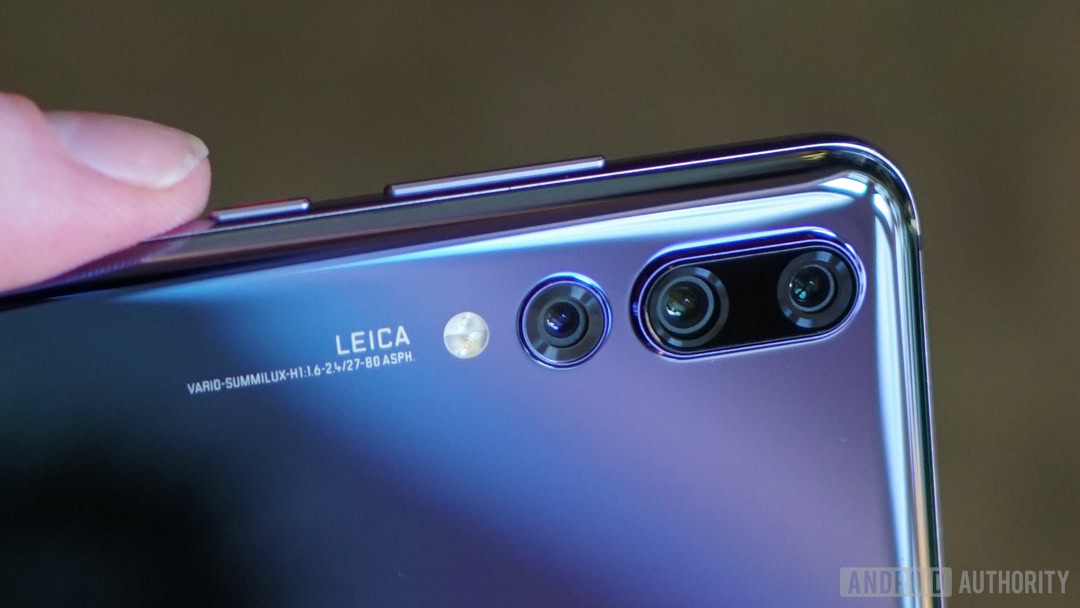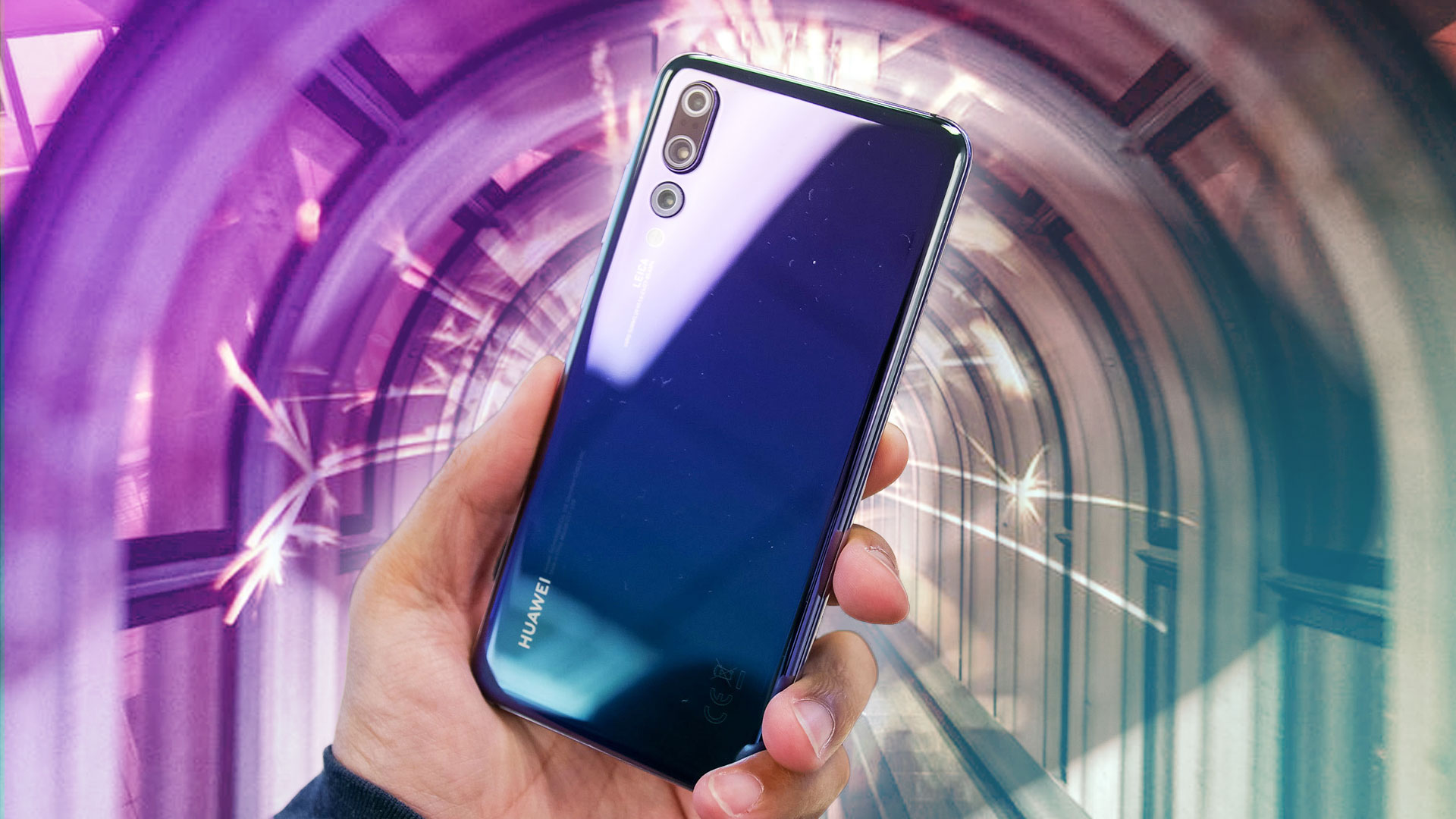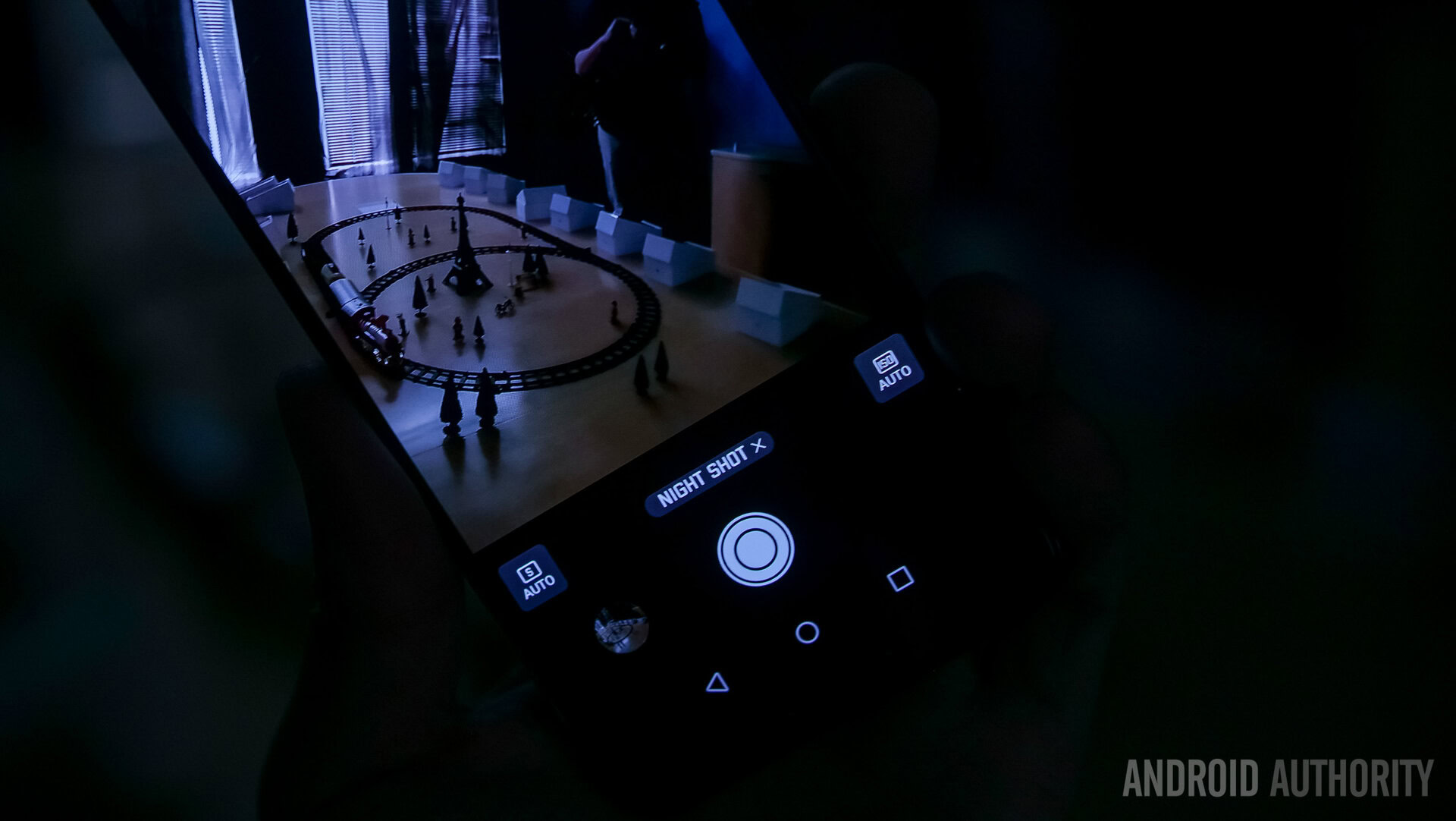Affiliate links on Android Authority may earn us a commission. Learn more.
HUAWEI P20 Pro: World's first triple camera explained
Published onMarch 27, 2018

Huawei has always seen camera innovation as a crucial part of the P-series’ identity. While the Chinese giant was far from the first OEM to incorporate a dual camera setup into a smartphone, the P9 and P10 both represented an impressive step-up for the technology at the time.
For the larger version of its 2018 flagship, the P20 Pro, HUAWEI is introducing the world to the world’s first triple lens camera, which it boldly claims is the most advanced camera system ever to grace a smartphone. Ahead of our full HUAWEI P20 review, here’s all you need to know about the P20 Pro’s Leica triple camera.
Read more: Exclusive: An afternoon with the HUAWEI P20 Pro camera
Lens specifications
The top sensor is an 8MP telephoto lens with an f/2.4 aperture and 52mm focal length kitted out with Optical Image Stabilization technology. This is the sensor for all of you Bokeh fans out there as the longer focal length will let you capture those perfect portrait shots (all three lenses work together to achieve better portrait mode blur).
The middle sensor, meanwhile, is a massive 40MP RGB sensor with an f/1.8 aperture and 28mm focal length — that’s the highest megapixel count we’ve seen on a single smartphone camera sensor since the Nokia Lumia 1020 way back in 2013.
Finally, the bottom lens is a 20MP monochrome shooter with an f/1.6 aperture which resides just below the dual module and sits almost flush to the rear of the phone.


Hardware
Much like the Mate 10 and Mate 10 Pro, the P20 Pro features a 4-way hybrid autofocus system comprising laser, depth, contrast and phase detection. That wouldn’t be possible without the device’s array of sensors.
In the main module, between the two lenses, we have a laser transmitter and a laser receiver, while the flash module below includes a color temperature sensor. HUAWEI says the color sensor brings a new level of accuracy to the Pro’s camera and is capable of differentiating between the color of a subject’s skin and the actual color of the room they’re in.
The first major boost all of this new hardware provides is improved low light performance.
The first major boost all of this new hardware provides is improved low light performance. We already have a broad aperture range from f/2.4 all the way down to f/1.6 which should theoretically help stop a lot of the visible noise and loss of detail in low light conditions.
HUAWEI has gone a step further, however, and integrated a Light Fusion system for low light photography which can fuse four pixels into a single larger pixel, bumping the 1μm pixel size on the RGB sensor up to 2μm. The Pro also boasts the highest maximum ISO of any smartphone, capping out at an incredible 102,400. For some perspective, Apple and Samsung’s most recent flagships offer a top ISO of 6,400.
Obviously, if you dial all of these settings to the top you’re inevitably going to miss out on the kind of sharpness and detail you’d get under normal conditions. But it also means that the P20 Pro’s bespoke night mode can capture an insane amount of light even in near-complete darkness.

Features
HUAWEI has also talked up the Pro’s ability to take long exposure shots at night. Normally capturing stunning light trials requires some kind of tripod set-up, but HUAWEI says the P20 Pro is capable of taking handheld long exposure snaps for up to four seconds.
The Leica triple camera’s other headline feature is its 5x hybrid zoom function. We’ve already seen manufacturers like Apple, Samsung and even OnePlus, implement optical zoom by switching between RGB and telephoto lenses for two different zoom levels. Meanwhile, HUAWEI had previously stuck with a secondary monochrome sensor to enable 2x hybrid zoom.
Only the telephoto lens has hardware stabilization, so you’d be forgiven for thinking that magnified images are inevitably going to come out a little blurry.
Now, though, HUAWEI wants the best of both worlds by introducing that third telephoto lens while still retaining the monochrome sensor. The result is a 3x optical zoom which can be toggled via a circular zoom button in the camera app or by pinching the screen. HUAWEI isn’t giving up on its hybrid zoom system from the Mate 10, however, so just in case 3x optical zoom isn’t enough, you can digitally magnify the image up to 5x with another quick tap.
Read Next: HUAWEI P20 vs P20 Pro: Do you need the triple camera?
Of course, only the telephoto lens has hardware stabilization, so you’d be forgiven for thinking that magnified images are inevitably going to come out a little blurry.
In a bold claim, HUAWEI says that OIS is in fact largely unnecessary thanks to the Kirin 970 processor and its Neural Processing Unit (or NPU). As with the Mate 10 series, the dedicated on-device AI processing system powers a wide variety of applications on the Pro, including what HUAWEI calls AI Image Stabilisation.
Software
The system, dubbed AIS for short, is capable of capturing multiple scenes at once to remove noise and blur from the final shot. AIS is complemented by a 4D predictive focus that actively tracks and predicts object motion.
Rounding out the overall camera package is HUAWEI’s usual camera modes including 3D panorama, motion photos, and a fully kitted-out Pro mode with controls for ISO, white balance, exposure, shutter speed, and much more.
HUAWEI has also added an ultra snapshot feature which lets you take a shot from screen-off in just 0.3 seconds to capture those fleeting moments without having to first unlock your device. There’s also super slow motion HD video at up to 960 frames per second, recording 0.2 seconds of footage and playing back one second at normal speed before and after the four-second slow-mo clip. There are also improvements to the scene detection feature on the Mate 10 which can automatically adjust your camera settings to best capture photos of food, animals, fireworks, greenery, and other specific objects. The P20 Pro supports six more AI-recognized scenes than the Mate 10.
As you can probably tell by now, HUAWEI has put a lot of work into making the P20 Pro’s camera the phone’s stand-out feature. Will the world’s first triple smartphone camera live up to the hype in the long-run? Stand by for our full HUAWEI P20 review to know for sure, but the early signs are very promising for HUAWEI’s new flagship.
Want to learn more about the HUAWEI P20 and P20 Pro? Find out more details below: